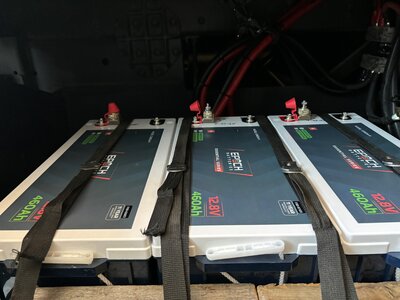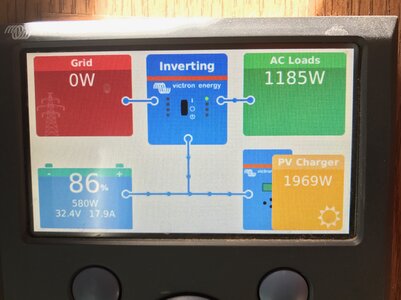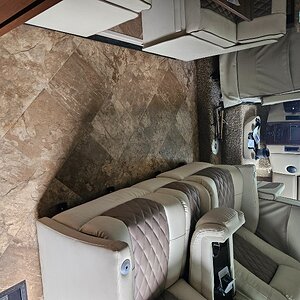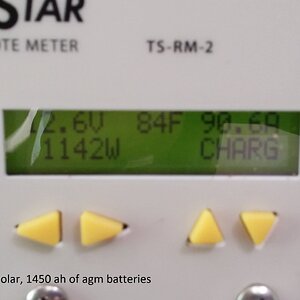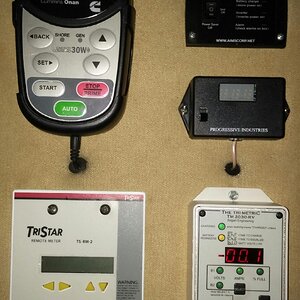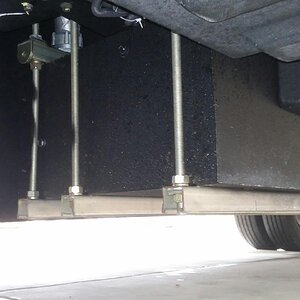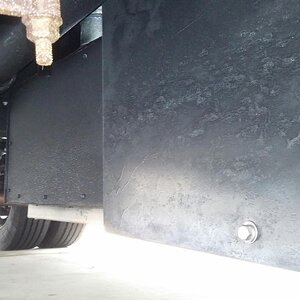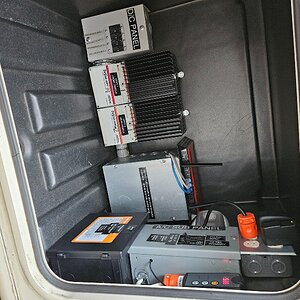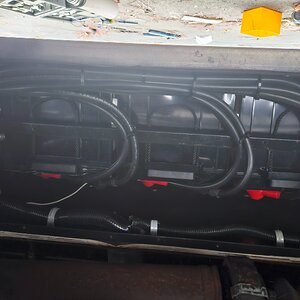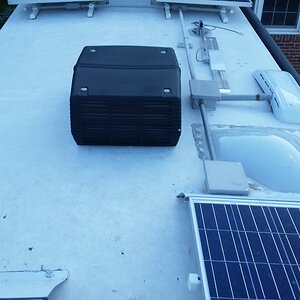OMG this is a GREAT upgrade. I never got around to my original solar plan. Life and all that. But it worked out great to wait!
I decided due to advances in the tech that I would swap things around and change over the batteries as phase 1 and add solar as phase 2.
I chose the recently released
Epoch 460ah batteries. Three of these link together and fit perfectly in the stock battery tray. These things are amazing - great BMS, linkable, can connect to Victron Cerbo CAN, built in fast acting fuse. And on and on.
The best part is the change over in the battery bay was relatively easy - some additional gear, new battery cables, busses, etc. But phase 1 is done and I am loving having all this juice on hand. Literally tripled my available power storage.
Solar is next - yes, I know, before you smarty pants out there point out the MPPT can only handle 1450w - but I doubt I will be peaking out those panels very often or for very long so its just about perfect.
Here is a rough layout of my new plan - video was shot so
look for it on my channel in a few weeks hopefully.
